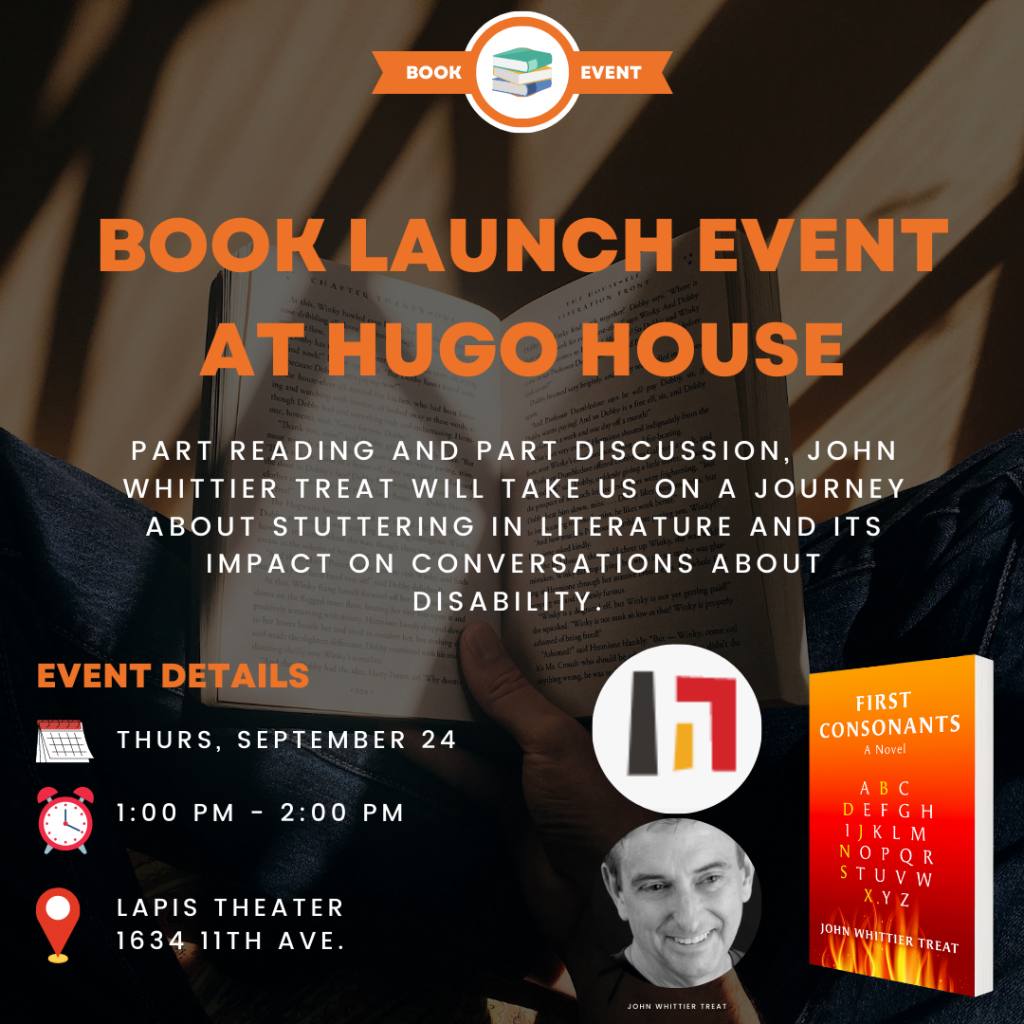In the Afterword of my forthcoming book, Jared Woodland writes: “This book is a development of obsessive abandon, one outcome of a transfixion from which the author might never recover.” Indeed the obsession that the project circled around is yet transposed over my gaze, a fixation that has changed the way I engage with the world around me.The obsession began thus: in a period of depression and writer’s block, I turned, as a frantic impulse and as a reprieve from the rest of “life,” to the films of Béla Tarr, in particular, Satantango, Damnation, The Werckmeister Harmonies, and The Turin Horse. Yes, I was depressed, and found myself incredibly unmotivated to do anything really, but a strange and persistent force kept me watching these films. I even found the uncanny bleakness of these films strangely comforting. As I avoided my other writing obligations, I felt compelled to watch these films on repeat, taking notes, writing alternate dialogues, creating different versions of scenes, etc. These notes became the basis of Damnation. During this time, it was as Rilke had written: “Suddenly one has the right eyes.” I was learning to “see” all over again. László Krasznahorkai writes in his essay “About a Photographer” in the second issue of Music & Literature:
“Condemned to look, yet at the same time to be deprived of sight, we are in a complex pitiless trap, a double cage, to the recognition of which though it cages us all—condemns confusingly few.”
Later in the same essay, he continues:
“There are those to whom it is obvious that it is impossible to make a whole out of all these billions of available images, who instinctively look away from the billions of fragments and in one surprising and elegant feint begin anew with the act of creation, imagining a brand new set of fragments out of which he constructs a brand new totality.”
Can I admit that this, to me, describes exactly my process of writing Damnation? Can I admit that the project, not entirely ekphrastic, was too a form of confession? Can I admit that the writing, mostly written without conscious intention of craft, was more like a flood of persistent language that forced itself through my body only while I was watching the films?
I tried to write at other times, without the films playing. And I found it impossible. The writing refused to be written independent of the films. And my eyes, my body, my heart, started a hopeless dependence on the cinematic world of Béla Tarr.
There is a description of cows that reads as an ekphrastic exercise. But in many other parts, while watching and enveloped in the gaze of the film, I felt like I was trapped in a confessional booth and giving confession. The long takes of the film opened up for me, not the possibilities of aesthetic contemplation, but ethical and moral contemplation. Redemption, as a possibility, was impossible, but not nonexistent. The feeling of eternity could penetrate my being over the course of minutes. The images weren’t just inviting me to contemplate, there was almost an ethical obligation to mirror back and contemplate the situation of my own particular self, a strange connection between their hopeless situation and my own, a strange hope in the landscape of hopelessness. In my mind, I was giving confession while immersed in these sustained gazes. (To whom?) The experience was meditative, hallucinatory, compulsive.
I found myself sketching images and shots of the film. This in turn, became another obsession, and before it was all over, I had sketched every shot of both the films Damnation and Sátántangó (a reminder that Sátántangó is 7 hours long, and during the project’s course, I watched and rewatched Sátántangó over 10 times).
Damnation is a huge departure from my past writing, which was much more characterized by short, poetic fragments that rhizomatically created a layer narrative, much more a map of my own consciousness, drawing connections between abstract and concrete points. Damnation is much more a series of vignettes of prolonged snapshots, sustained gazes and moments that expand, contracting and protracting time. Time as a vantage point, the roving camera, or the roving subject. Time carries on without us. If my previous writing was assertive and declarative, this new mode is presentational and utterly uncertain. If my previous works were about building complex architectures of possibilities, ideas, and systems, Damnation is, as declared in Tarr’s film of the same name, all about disintegration.
Too, perhaps, all of my projects have been about obsession in a way, and perhaps, this is what writing is for me. My first book KEROTAKIS was the creative outpouring of a massive and obsessive set of research patterns, where I read hundreds of books, making connections in my mind that may or may not be manifested as well in the text. And Daughter, though the monstrous octopus seems to haunt every page of the book, is actually a very spectral entity. There exists very little description of the physical octopus, and though you wouldn’t know it, I read a plethora of books, some scientific, some biological studies of octopus species, even books on octopus fishing, because that was what I felt like I had to do in order to write the book.
People often ask me what Daughter is about, and it’s very hard to answer that question. I have my stock answer: It is about an unnamed daughter, wandering through the desert, who comes the body of a giant octopus. Believing that this may be the body of a dead god, she performs an autopsy on it.
This general plot outline, though, isn’t what the book is about. And even with the various themes of religion, consciousness, mother/daughter relationships, birth and death — the book isn’t necessarily about any of these things either. The book is a series of perceptual outposts, a constelletatory narrative that is about narrative itself. Or at least, my relationship with narrative at the time I wrote the book. The fragments reflect that. The humor, even, reflects that.
Now though, my eyes have changed. And so has the world. It is true that I may never recover. And even though, I don’t really consider the project “finished.” But for now, I continue to look, to watch, and to wait.







